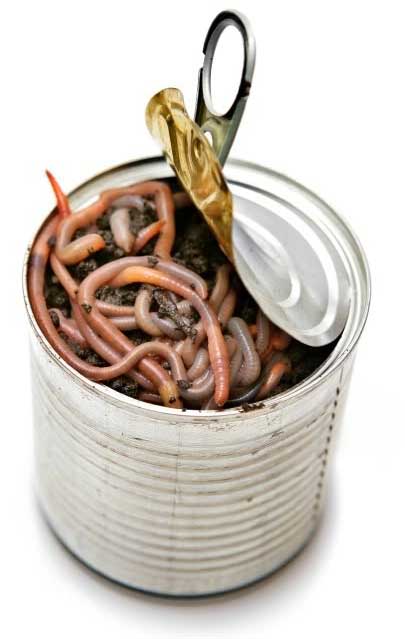We have gutted our 1930s small master bathroom (shower only). The plumber who we have known for a long time was surprised to see that the toilet waste pipes were steel and not cast iron so said that he would not replace the pipe from the flange to the stack (pic attached). Because of the difficulty of doing this he also does not want to mess with the 2" galvanized waste pipe that comes from thge shower and lavatory basin in case he cracks something. Therfore his plan for the waste pipe is to replace the traps and the t-junction pipe from the basin leaving the 8' length of 2" as is. There has never been a leak of any kind in this bathroom (miracle), lead pan was intact and the floor and wall joists are dry as a bone but we are hesitant not to change out all the pipes we can now it is all open as if there were a leak in the future we would have to break up expensive tile as getting to these pipes from the plastered ceiling below would be difficult. The person building the mud shower does not want to get involved directly but has said that he would do all the pipes. Is there really a risk of the toilet pipes (sorry don't know the correct term for these 4" ones cracking if the plumber removes the 2" waste line back to the join or near enough to it? A quick reply would be much appreciated as this work is slated to be done in the next day or so. By the way the shower drain line which has been snaked out once in our 40 years in the house did not work that well but it may be mostly the trap - we will see. Many thanks.
Plumber Leery about changing waste pipes in shower room
- Thread starter Mahnrut
- Start date





